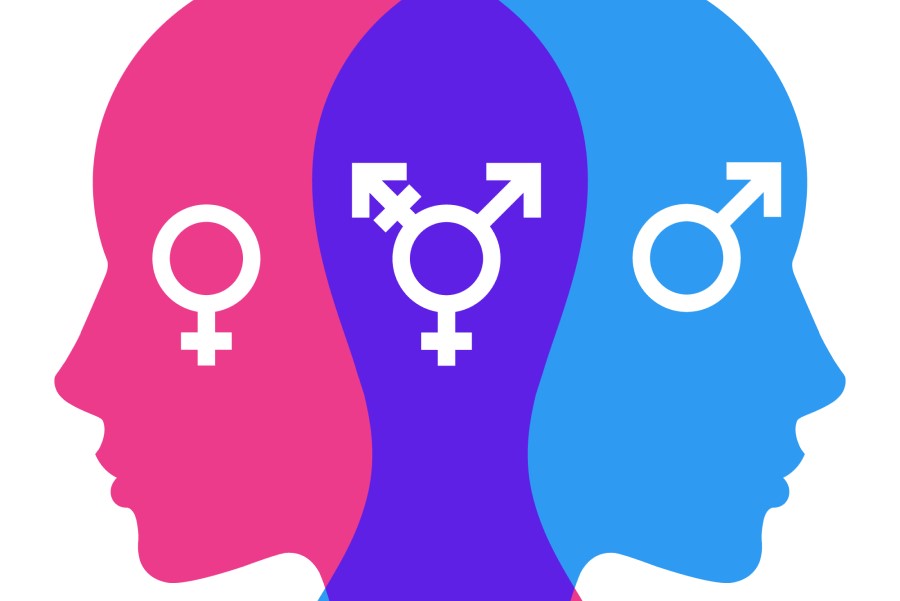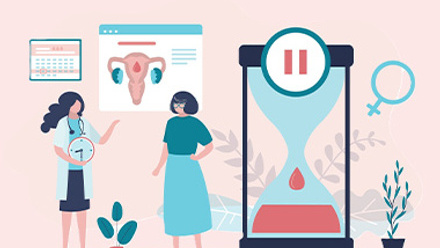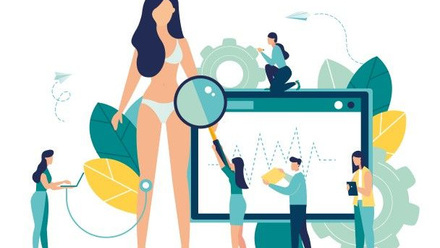How to use technology to support the mental health of all genders

It’s why the topic of gender and gender identity is often discussed in such spaces, with the issues faced by different genders being a common topic. It’s now normal to see influencers use hashtags and share stories relating to their experience of their gender identity, and to use their networks to raise awareness about issues and gender inequalities. Often these issues intersect with mental health concerns, particularly how gender – a major part of our identity – creates questions for how we see ourselves and others see us.
Having access to more content is helping people not only explore their identity but also understand their mental health better, and find communities that create a sense of belonging. This has the power to provide validation for people, particularly from marginalised or underserved gender groups who may be struggling or seeking reassurance for how they are feeling.
The issues with how these spaces support mental health
Misinformation can run rife and safety concerns are raised when using tech-based mental health support.
Without proper regulation and safeguarding, people can fall victim to online bullying and trolling, reinforcing any internalised stigmas and increasing the likelihood of repressed emotions. This can be a particularly common issue for trans, non-binary or gender-neutral people. The 2020 Galop Online Hate Crime Report found that transgender people were at greater risk of experiencing online abuse.
This also occurs when opening up to family and close friends, which can have an adverse effect on mental health, too. If people are struggling with their gender identity and don’t find the support they need from those closest to them, this can lead to increased symptoms of depression and anxiety.
Using social media or approaching support charities with mental health concerns requires a level of confidence and preparedness to share. For those who are still unsure this can be daunting and exacerbate feelings of isolation. Also, with gender identity and views on gender being so personal to each individual, underserved genders may still feel ‘othered’ if their experience doesn’t match that of influencers they follow.
So how can technology be used to create a safe space to support people of all genders with their mental health?
What is needed for an effective solution in gender-specific mental health?
Safeguarding
Monitoring is essential in ensuring the safety of at-risk groups and is something all too often lacking in forums or on social media. Identifying levels of severity and ensuring that cases of risk are escalated appropriately with the right level of care is vital. Not doing so can be critical.
Moderation
New digital tools should be able to address this. Moderation can also help to provide a safer space away from ‘trolls’ for people to explore their identity and their mental health.
Those that face both internalised and external stigmas – be that at home, at work, or in the community – that don’t feel safe sharing with people who know them can benefit from an anonymous platform to discuss common issues and experiences.
A space to be yourself
A solution is needed that takes into account individual experiences, rather than providing a one size fits all intervention. Everyone seeking mental health support brings with them a unique set of experiences and factors which play into both identity and needs. A solution that allows an individual to remain unique rather than following a pre-defined path can help to support them on their own journey and allow them to choose what is relevant to them.
Using technology to serve mental health for people of all genders
Whether to serve gender-specific needs or support people from marginalised groups, the need exists for a safe and stigma-free tech-enabled mental health solution. Finding one single solution is impossible, as with the issues we face, myriad tools are required.
What seems to be missing from mainstream solutions, is a place for people to go where they don’t just feel safe, but they are free to ask questions, express, and learn without having to worry about how they’re seen, or what someone else wants to label them as.
Some people will be happy to jump in, some like to dip a toe first and test the temperature. We need to help provide the tools that allow them to go at the pace that works for them.
The author is Robin Lewitt from Togetherall.
This article is provided by Togetherall.
Supplied by REBA Associate Member, Togetherall
Togetherall is a global community that helps to understand mental health better.







